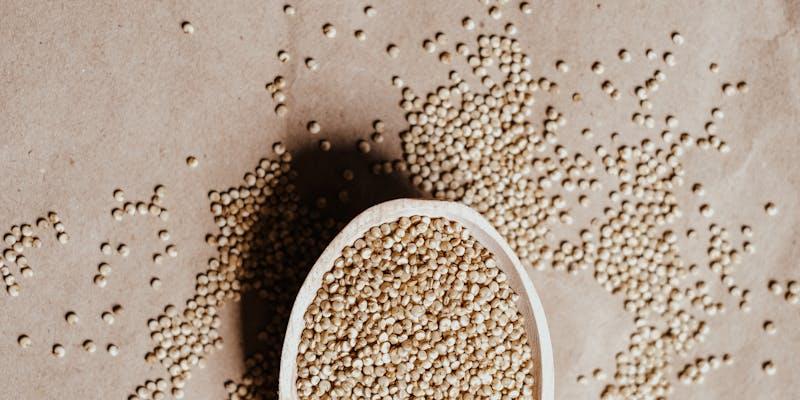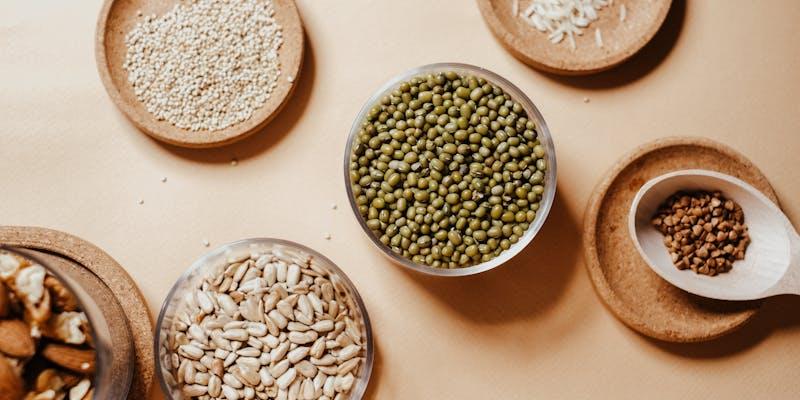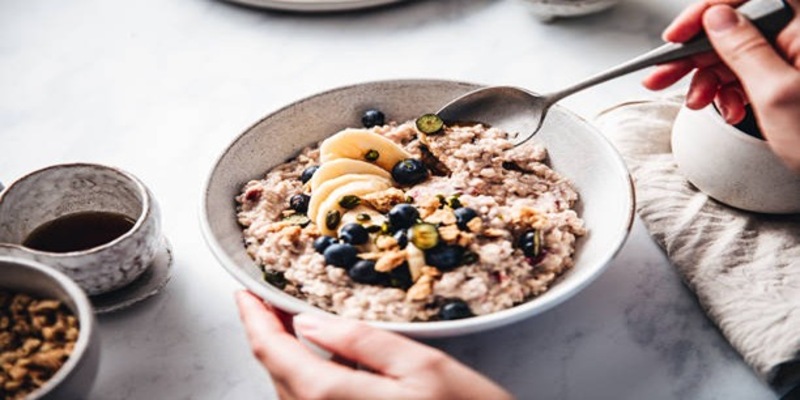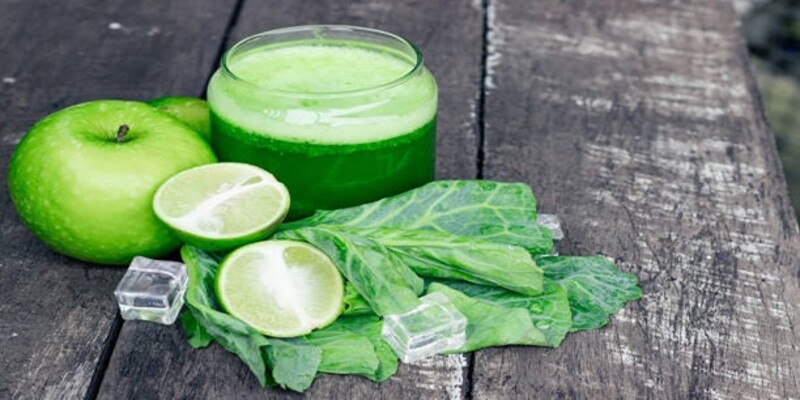Quinoa is a top-notch source of protein because it has greater protein consistency when served than oatmeal. Compared to oatmeal, which has 6 grams of protein per cup, quinoa has 8. Puffed quinoa is a better protein option than cereal: All crucial amino acids are present in quinoa, unlike oatmeal. So, if youre looking for a quick nutritional verdict, quinoa wins by a higher score for every health component. However, to understand this superiority, read on the following sections.
Fiber Content of Quinoa and Oatmeal

Quinoa pasta and oats are known to be nutritious, mainly because of their fiber content. Fiber is vital for digestive health and the avoidance of long-term sicknesses. Oatmeal with honey and quinoa incorporates a lot of fiber, but certain dietary differences may make them better choices.
Quinoa
Quinoa is an outstanding fiber complement, with five grams of fiber per cup when cooked. According to the Institute of Medicine, men should intake 20% of fiber, and women must take 14%. The insoluble fiber in quinoa pasta allows for maintaining normal and constipated bowel movements. Diverticulosis is a common digestive disorder characterized by inflamed cysts; however, insoluble fiber improves colon cyst health and reduces the consequences of this condition. Maintaining everyday digestion is one way fiber also maintains gastrointestinal health.
Oatmeal
Oatmeal is a famous breakfast choice because of its high fiber content, boasting around four grams consistent with the cup. It's a brilliant addition to any weight loss program targeted at growing fiber intake, no matter whether quinoa has barely any extra fiber. Oatmeal offers several health blessings.
Additionally, the soluble fiber in oatmeal facilitates controlling appetite by keeping you feeling full
for longer durations. This can aid in weight reduction as it decreases the probability of overeating or feeling hungry rapidly after a meal. Incorporating oatmeal with honey into your breakfast routine can be a simple yet effective manner to reinforce your fiber consumption and support overall fitness.
Micronutrient Content
Both puffed quinoa and oatmeal are rich in micronutrients. Although their micronutrient compositions vary, those cereals have similar macronutrient profiles. Knowing the dietary cost of quinoa and oats permits you to make smart meal selections and keep gold-well-known fitness.
Magnesium
Each serving of quinoa incorporates 118 mg of magnesium, compared to sixty-one mg of oatmeal. The mineral magnesium is involved in a wide variety of bodily processes. Protein synthesis, energy technology, and modulation of muscular contractions are just a few of the 300 enzymes that rely on it.
Diets high in magnesium enhance stamina, coronary heart fitness, and the capability to loosen up tense muscle groups. Due to its high magnesium content, quinoa may benefit health. Quinoa is great for your bones, energy levels, and stress levels.
Iron
Oatmeal is superior to quinoa because it has five times the iron needed for various physical approaches. Still, its primary motive is to facilitate the manufacturing of hemoglobin by using pink blood cells. Ensuring an ok iron intake is essential for stopping iron deficiency anemia, improving cognitive features, and maintaining immune structures.
Oatmeal with honey boosts iron absorption and lowers iron deficiency signs and symptoms. It will also increase power metabolism, immune reaction, and oxygen switch in iron-poor people and enhance iron digestion.
Folate
Folate is an important nutrient in both oatmeal and quinoa that aids in regulating several bodily functions. It is critical for cellular division, DNA restoration, nucleic acid synthesis, tissue formation, and upkeep. Folate is also essential for regulating mind features and psychological well-being, given its role as a precursor of neurotransmitters.
Due to their excessive folate content, quinoa pasta and oatmeal can enhance cognitive, cell, and metabolic health. These grains' benefits encompass elevated strength, fitness, and folate levels.
Tips for Serving Quinoa and Oatmeal

Meals with quinoa and oatmeal add flavor and vitamins. For a satisfying breakfast or essential dish, strive to mix quinoa with oatmeal. The options are unlimited. To get the maximum out of those healthful cereals, here are some serving ideas straight out of our ideas book:
Oatmeal Toppings
People often like to add fruits like bananas, apples, or berries to oatmeal with honey. Adding a few almonds or walnuts can also give it a nice crunch and offer healthy fats. This is a commonplace practice to make oatmeal more flavorful and nutritious.
A Seed and Grain Medley
To make oatmeal even healthier, mix in some different cereals and seeds. Fiber and omega-3 fatty acids can be found in chia and flaxseeds. Tossed quinoa or amaranth seeds bring a crunch.
Baked Oatmeal
To prepare baked oatmeal, you'll need rolling oats, egg whites, crushed or uncooked flaxseed, applesauce, and some of your choice, such as apples or berries. You may bake this breakfast substitute until it sets, and then you can eat it hot or cold.
Quinoa Breakfast Bowl
Add puffed quinoa to your morning cereal for a healthier alternative. Quinoa can be cooked in plant-based milk to enhance its flavor and creaminess. Garnish with a sprinkle of chopped nuts and serve with clean kiwis.
Quinoa Casseroles and Soups
Quinoa is a tremendous dietary and textural addition to soups and casseroles. Combine cooked quinoa, greens, cheese, and lean meats (chicken, tofu, and so on) to make a hearty dish. Once cooked, puffed quinoa adds protein and fiber to soups within the last few minutes.
The Final Verdict
Quinoa is more nutrient-rich than oats, even though each is healthy, especially for people with celiac issues. Quinoa pasta is a nutritious powerhouse due to its favorable macronutrient composition, high fiber content, lower glycemic index than cereals, and complete protein profile.
Due to its adaptability and health blessings, quinoa is an excellent substitute for oats in many recipes.
Also, puffed quinoa is a remarkable grain for those maintaining their calorie consumption because it is nutritious, filling, and scrumptious. Due to its numerous culinary packages and dietary content, quinoa is good for those reducing their weight.







